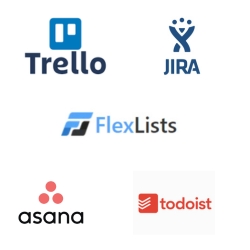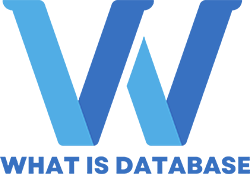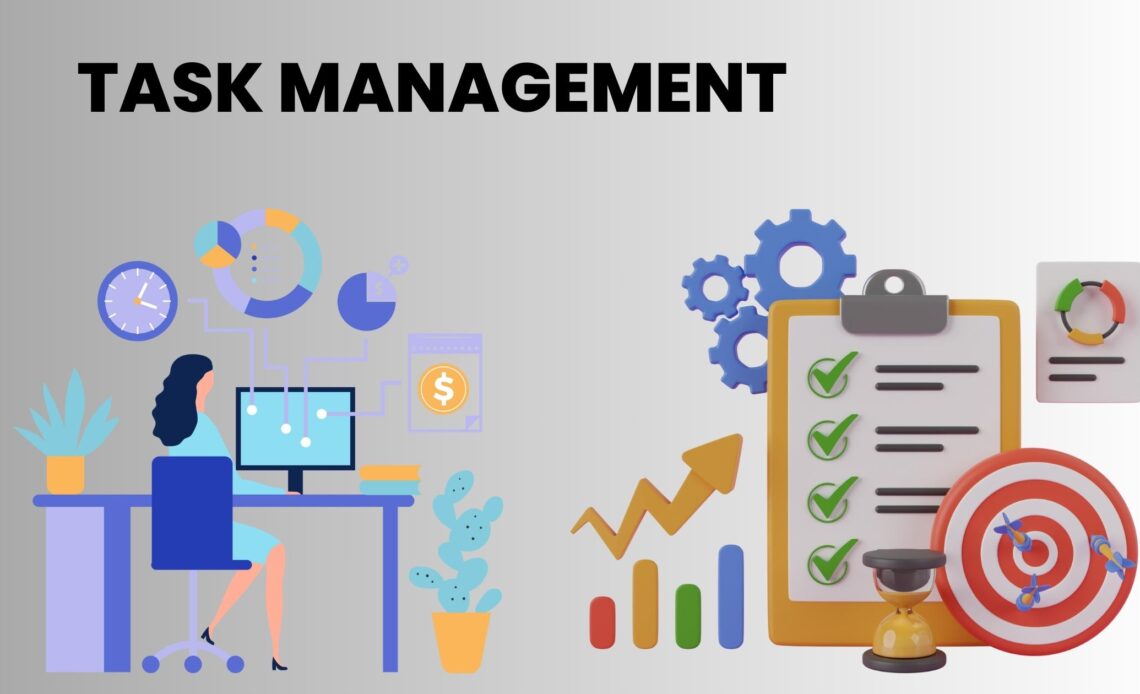Task manager software is a type of computer program or application designed to help individuals and teams organize, track, and complete tasks and projects. These tools are used to enhance productivity, collaboration, and efficiency in managing work-related activities. Task management software typically provides features that enable users to create, assign, prioritize, and monitor tasks throughout their lifecycle.
Key features of task management software may include:
- Task Creation: Users can create new tasks, providing details such as due dates, descriptions, and any relevant attachments.
- Task Assignment: Tasks can be assigned to specific individuals or teams, indicating who is responsible for completing them.
- Priority Setting: Users can prioritize tasks based on their importance and urgency.
- Deadline Tracking: The software often includes features to set and track deadlines for tasks, helping users stay on schedule.
- Collaboration: Many task management tools facilitate collaboration by allowing team members to comment on tasks, share files, and communicate within the platform.
- Progress Monitoring: Users can track the progress of tasks and projects, providing insights into what has been completed and what still needs attention.
- Notifications and Reminders: The software typically sends notifications and reminders to users about upcoming deadlines, task assignments, or important updates.
- Calendar Integration: Some task management tools integrate with calendars, making it easier to coordinate tasks with overall schedules.
Benefits of using Task Manager Software :
- Organization and Structure: Task management software helps users organize and structure their work by providing a centralized platform to list, prioritize, and categorize tasks.
- Efficiency: Automation features and streamlined processes within the software contribute to increased efficiency, reducing the time and effort required to manage tasks.
- Prioritization: Users can prioritize tasks based on urgency and importance, ensuring that critical activities are addressed first.
- Deadline Management: The software allows users to set deadlines for tasks and provides reminders, reducing the risk of missing important dates.
- Collaboration: Many task management tools facilitate collaboration by allowing team members to share tasks, comment on them, and collaborate in real-time.
- Communication: Integrating communication features, such as comments and notifications, enables seamless communication within the platform, reducing the need for external communication tools.
- Centralized Information: Task manager software provides a centralized location for all task-related information, reducing the risk of miscommunication and ensuring everyone has access to the latest updates.
- Flexibility: These tools often offer flexibility in task management methodologies, allowing users to choose from various approaches such as Kanban, Scrum, or traditional to-do lists.
- Remote Collaboration: Many task management tools are cloud-based, enabling remote collaboration and allowing team members to work together regardless of their physical location.
- File Management: Integration with file-sharing services or built-in file management features allow users to attach relevant documents and files directly to tasks.
- Analytics and Reporting: Some task manager tools offer analytics and reporting features, providing insights into project progress, team performance, and other relevant metrics.
- Time Tracking: Certain tools include time-tracking features, helping users monitor the time spent on each task and providing insights into project timelines.

Popular task management tools include FlexLists, Trello, Asana, Microsoft Planner, Jira, Todoist, and many others. The choice of software often depends on the specific needs and preferences of the individual or team using it.
Do Read : What is Database Software and how does it work.
In conclusion, the diverse landscape of task management software offers a wealth of options to suit various preferences, workflows, and organizational needs. From streamlining individual productivity to fostering seamless collaboration within teams, these tools serve as indispensable assets in the modern work environment.








1 Comment